Many of us have forgotten the days when you’d take your laundry out to the yard to hang them on a clothesline. Many more of us have never even had to do this thanks to the presence of electric and gas dryers in basically every home. But as national hanging out day rolls around, it pays to take a moment and rediscover what was once a common chore in every household. After all, there are quite a few benefits to sparing your dryer by letting your clothes air dry. The most obvious plus is that you save energy and save water, and get to reduce water bills and waste as well. This makes air-drying a great option for anyone who wants to embody a more eco-friendly lifestyle.
But air-drying has other perks, too. Drying your laundry on a clothesline will make your clothes last longer since they aren’t exposed to the thrashing of a dryer. Air-drying laundry also prevents your clothes from developing static cling, which attracts lint. To top it off, letting your clothes dry in the open air will give them that fresh clean smell without the need for dryer sheets.
Of course, you can always air dry without a clothesline, and just hang a few items of clothing on outdoor (or indoor) furniture and fixtures. However, wood fixtures can warp if you put wet clothes on them, and metal ones can rust. So if you want a more holistic and sustainable approach to healthy and efficient drying, it’s a good idea to think about having a purpose-built clothesline.
Luckily, building your own clothesline is a simple and fun DIY project to take on over the weekend — no need to consider buying a standard clothesline with no character. There are many DIY clotheslines to choose from, each tailored to the unique configurations of various homes. Are you aching for convenience, lacking in free space, or just want a stylish clothesline? If so, your future clothesline just might be on this list...

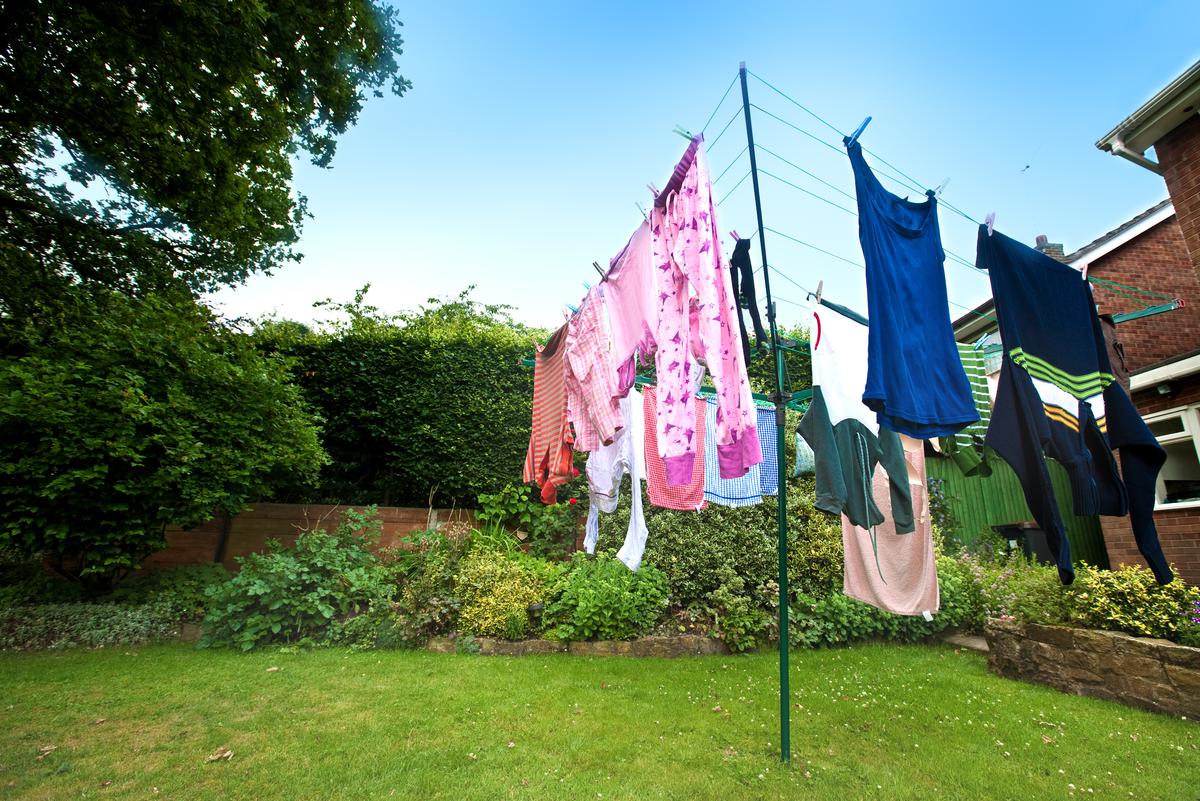
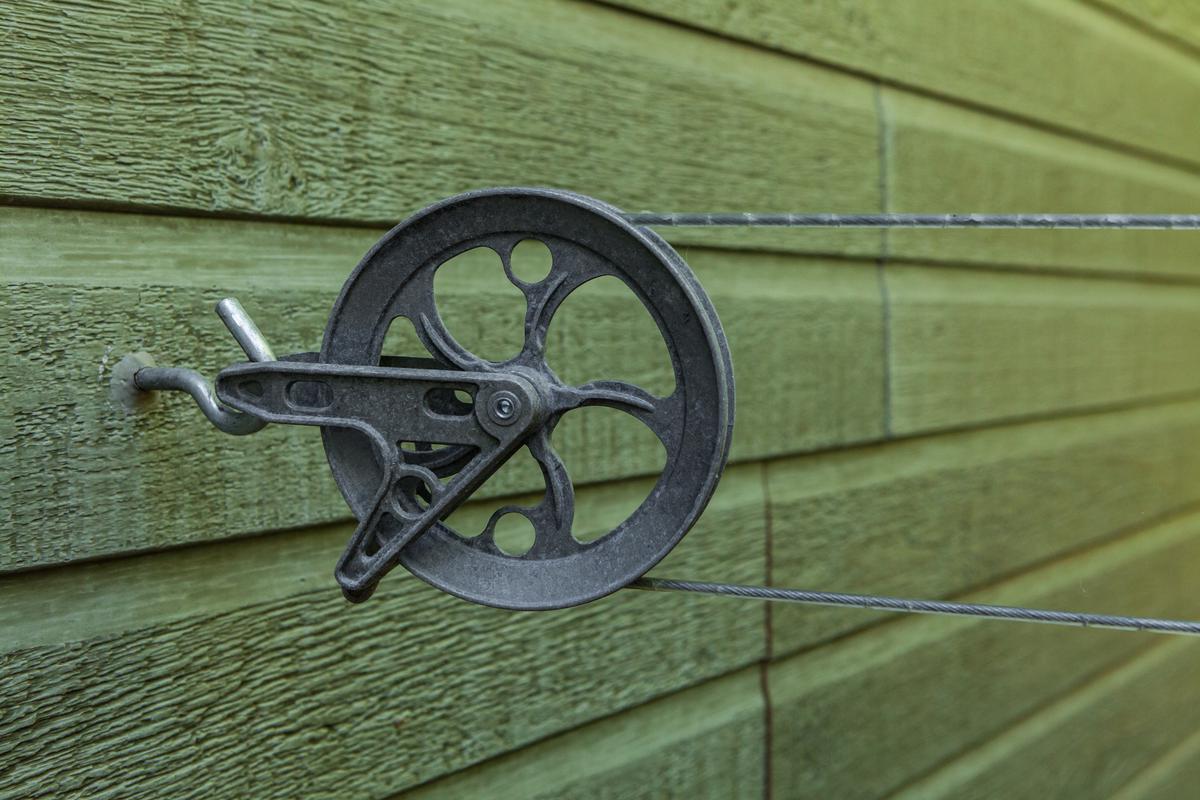
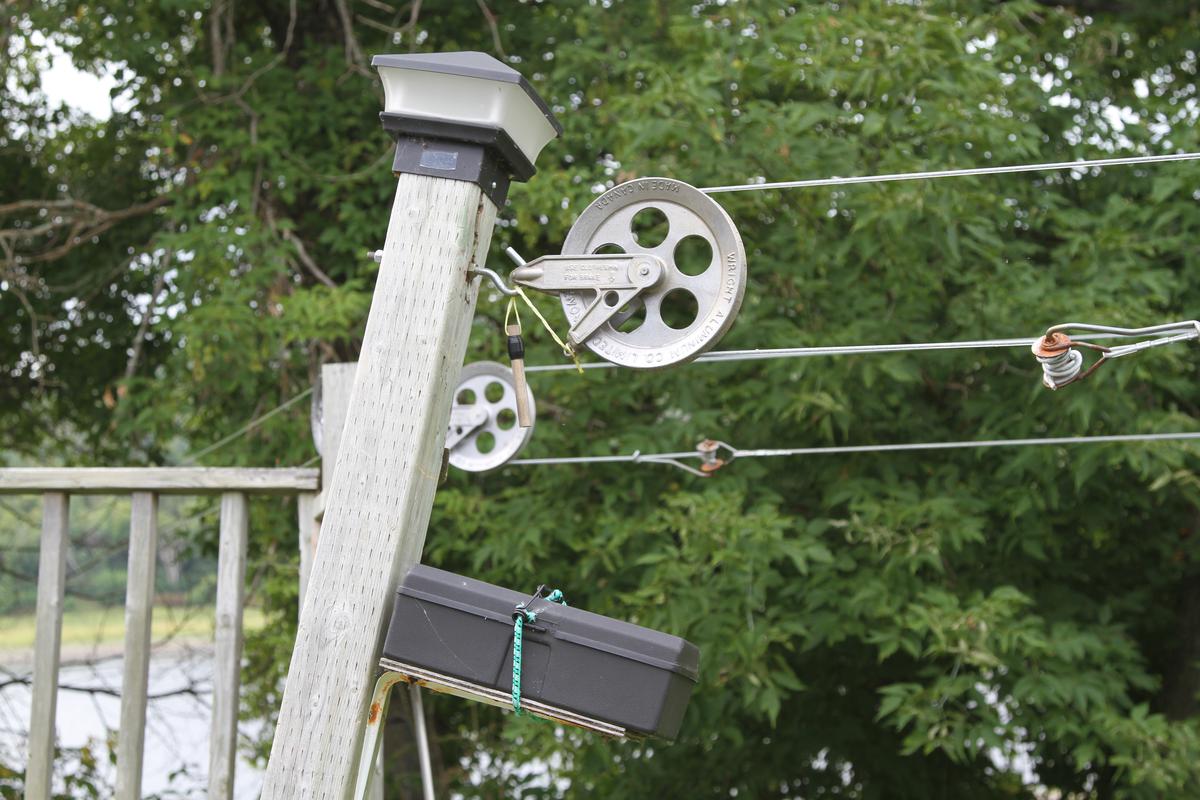
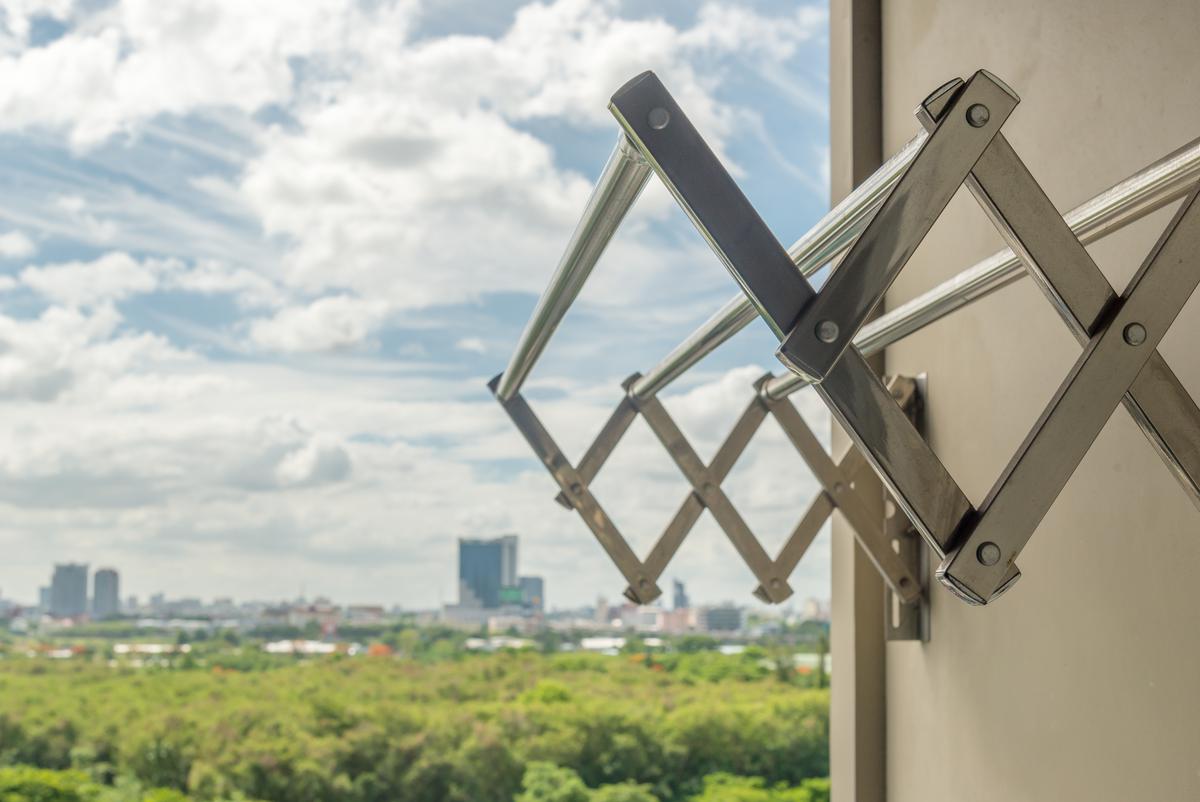
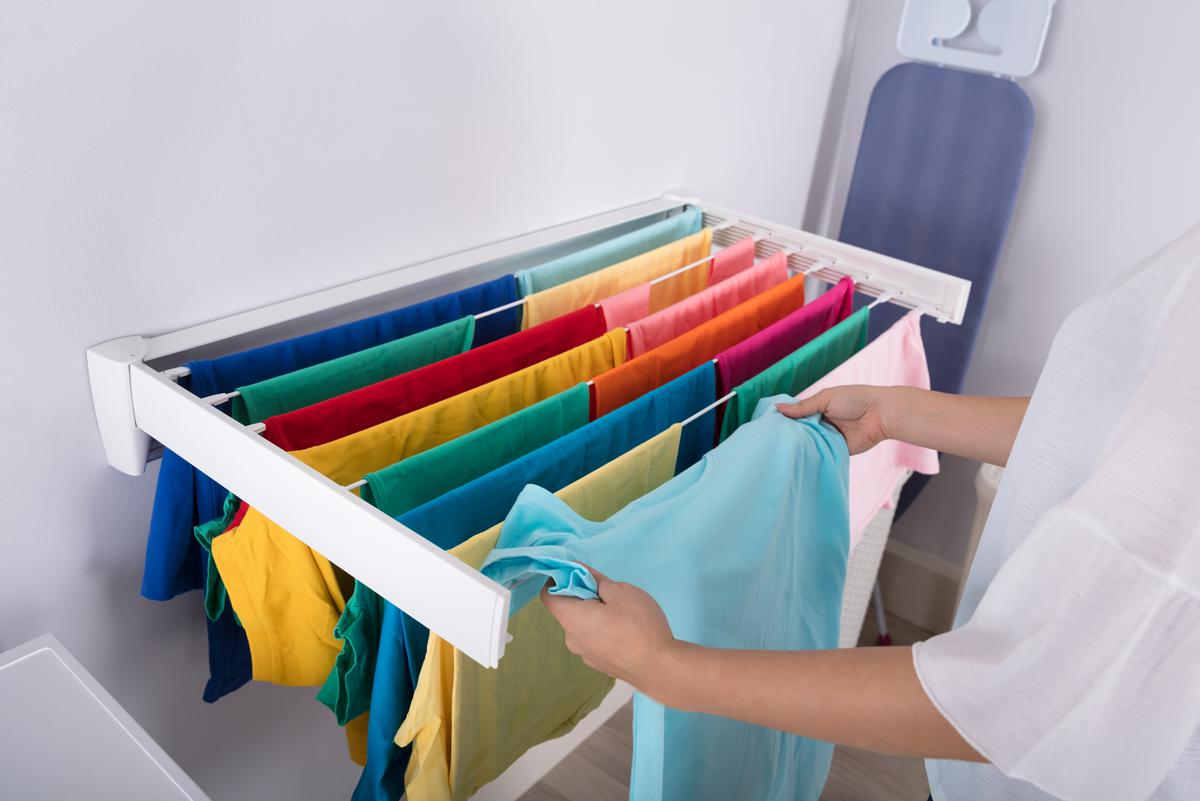
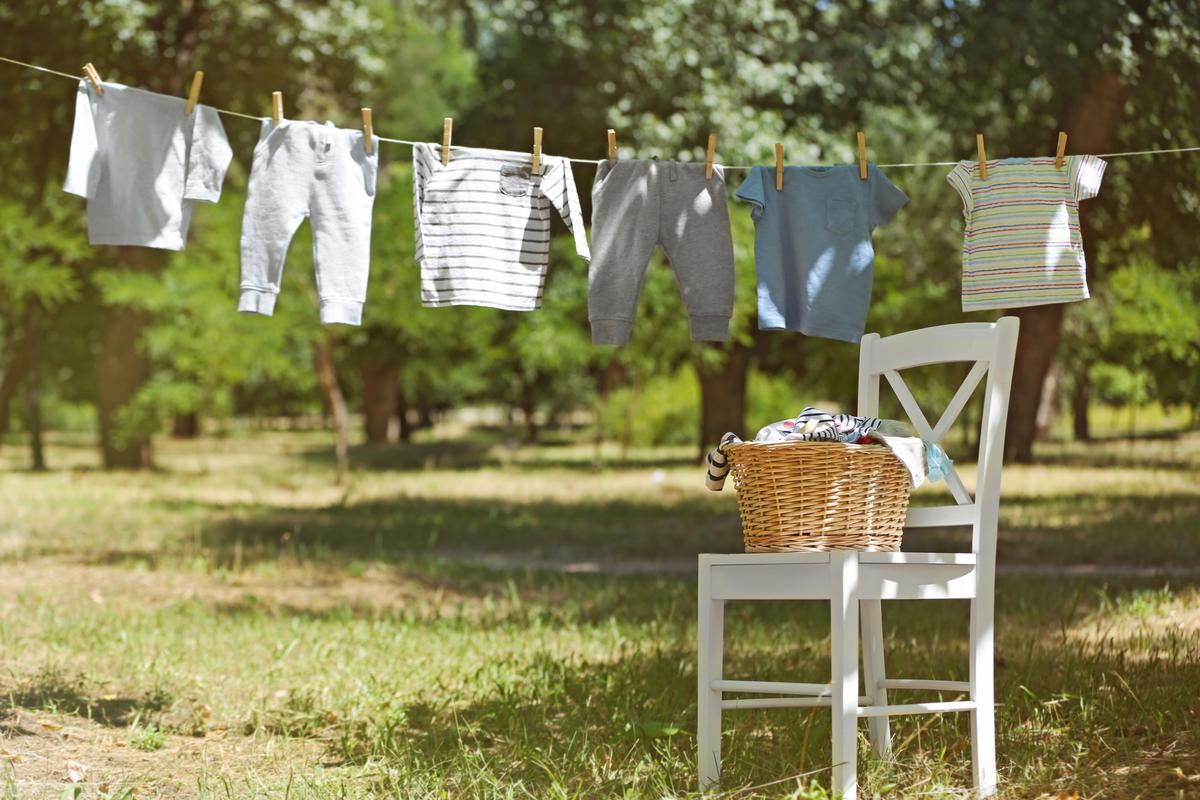



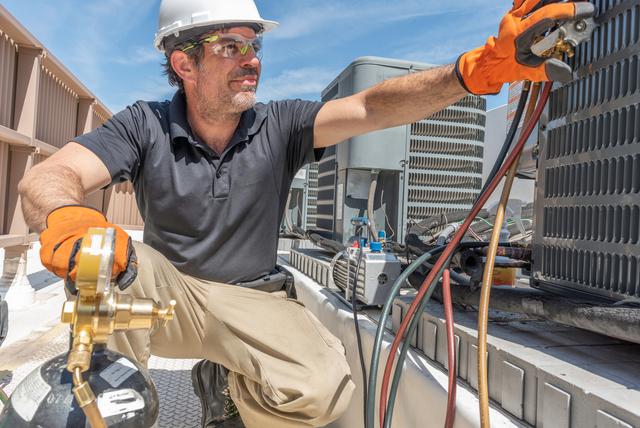
comments